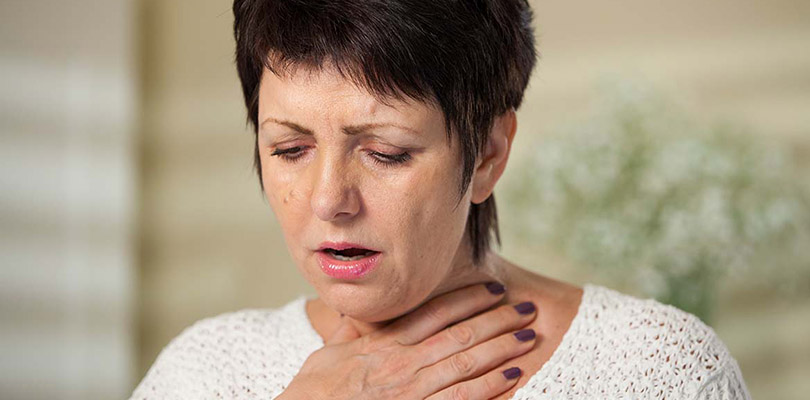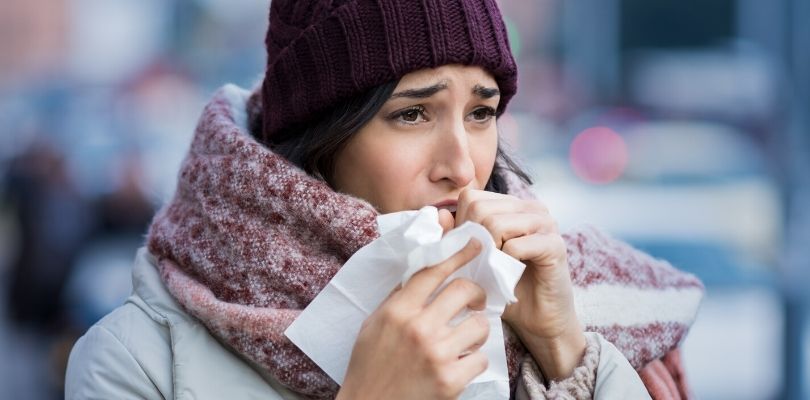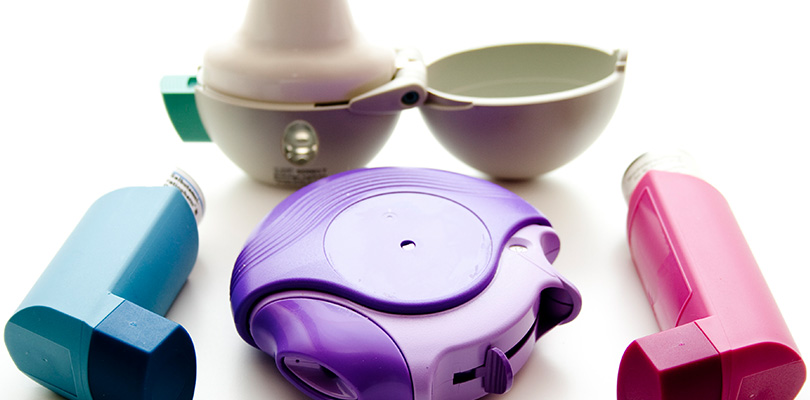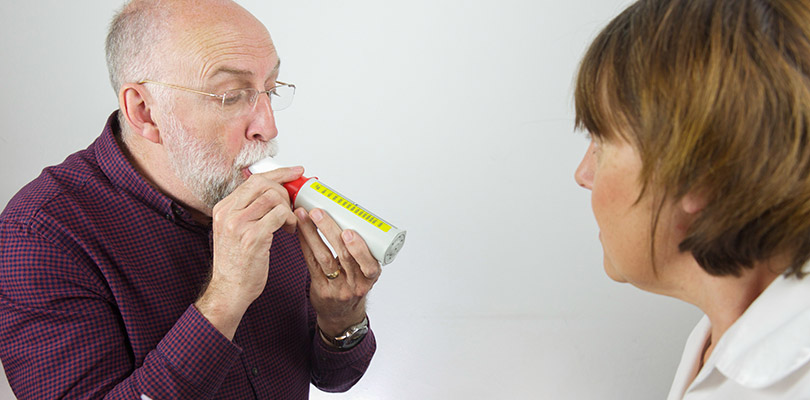COPD and Bronchitis
Chronic bronchitis is a form of chronic obstructive pulmonary disease (COPD). COPD is the term given to a group of chronic or long-term lung diseases. Along with chronic bronchitis, emphysema is the other main form of COPD. Having both chronic bronchitis and emphysema is possible.
What Is Bronchitis?
Bronchitis involves swelling and inflammation of the airways. The inflammation of the lining of the airway causes it to become thicker, and excess mucus is also produced. The swelling and mucus block the bronchial tubes causing a narrowing, which makes breathing difficult.
Symptoms of bronchitis may include:
- Coughing
- Excess mucus production
- Shortness of breath
- Wheezing
- Fatigue
- Chest pain
Bronchitis can be either acute or chronic. Acute bronchitis is often due to an infection, such as a virus. Symptoms usually only last a few weeks.
Chronic bronchitis is different. According to the American Lung Association, the main cause of chronic bronchitis is smoking cigarettes. Symptoms are also chronic, which means they last long-term.
With chronic bronchitis, the ongoing inflammation can damage the hair-like structures in the airway called cilia. The cilia have a role in preventing irritants and germs from entering the respiratory tract. When the cilia are damaged, they don’t work as efficiently, and an individual is more susceptible to infections.
The Risks of COPD and Bronchitis
It’s vital to manage chronic bronchitis to prevent complications. The risks of COPD and bronchitis can be serious and may include:
- Respiratory failure: The biggest risk of COPD and bronchitis is respiratory failure. Inflammation and mucus production can make it difficult to breathe. Getting enough oxygen into the lungs might be hard. Work of breathing may also increase, which means you have to work hard to get air into the lungs. Fighting for each breath can lead to fatigue and respiratory failure. People with chronic bronchitis are also at a higher risk of infections, such as pneumonia, which in severe cases can lead to respiratory failure.
- Reduced lung function: As COPD and bronchitis become worse, it can lead to increased damage to the lungs and decreased lung function.
- Decreased quality of life: The symptoms of COPD and bronchitis can interfere with daily activities. Depending on the severity, the condition can limit a person’s ability to do the things they once did and decrease their quality of life. Chronic bronchitis and COPD tend to progress and get worse over time. With proper treatment, it may be possible to slow the progression and improve quality of life.
COPD and Bronchitis Treatment
Currently, there is no cure for chronic bronchitis and COPD, but treatment is available. Treatment for COPD and bronchitis is intended to prevent complications, reduce symptoms, and slow the progression of the condition. Typically, a combination of the treatments below is recommended.
COPD and cold weather do not go well together, but that does not mean you have to suffer. Here are some ways to tame the symptoms.
Bronchodilators
Chronic bronchitis can lead to airway constriction or narrowing, which makes breathing difficult. Inhaled bronchodilators are often used if wheezing and sudden symptoms develop. The medications work by relaxing and opening the airways. Bronchodilators are usually delivered through a nebulizer or an inhaler. Side effects may include increased heart rate, shakiness, and nervousness.
Steroids
Since bronchitis causes inflammation of the lining of the bronchial tubes, steroids to decrease swelling may be prescribed. Steroids may only be recommended when symptoms flare-up or they may be prescribed for use daily to prevent symptoms. Steroids may be given orally or through an inhaler.
Side effects of steroids may include anxiety, insomnia, and weight gain. Inhaled steroids tend to have less systemic side effects than when the medication is taken orally.
Pulmonary Rehabilitation
Pulmonary rehabilitation classes are helpful for people with COPD and bronchitis. The classes involve a combination of education on managing lung disease along with a monitored exercise program. Instruction usually includes breathing exercises to decrease shortness of breath, cough techniques to expel mucus more effectively, and information on medication.
To locate a pulmonary rehabilitation program in your area, contact your local hospital or ask your doctor.
Mucus Clearance Devices
Increased mucus production is often a problem for people with COPD and bronchitis. In some cases, the mucus is thick, and it is difficult to cough out of the lungs. The accumulation of mucus in the airways can prevent air from getting in and out of the lungs properly and lead to shortness of breath.
Different mucus clearance devices are available that help to mobilize the mucus. The devices are different but work similarly by creating a vibration in the airways that loosens the mucus from the bronchial walls so you can cough it out.
Antibiotics
Since people with COPD and bronchitis are more susceptible to infection, antibiotics may be prescribed. Antibiotics are used if an infection is thought to be caused by bacteria.
Individuals with COPD are also at an increased risk of complications from infections, so it’s essential to receive the proper treatment as soon as possible.
Quitting Smoking
Smoking will continue to damage the lungs and lead to increased symptoms of COPD and bronchitis. It is vital for people with bronchitis to quit smoking. There are medications and nicotine replacement products to help break the addiction.
Oxygen Therapy
In some instances, bronchitis may interfere with oxygen getting in and out of the lungs properly. Oxygen therapy may help improve levels in the body and ease shortness of breath. Oxygen may be prescribed continuously or just during exercise, or while sleeping.







